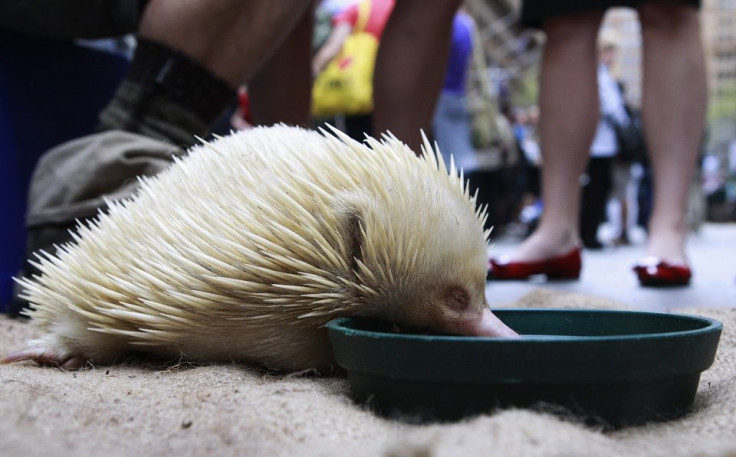Adelaide researchers study use of platypus & echidna venom to treat type 2 diabetes

Two Australian species may provide the treatment for type 2 diabetes. Adelaide researchers are studying the use of the venom of the platypus and echidna to lower blood sugar levels.
The venom of the two animals have a long-lasting version of GLP-1, a hormone responsible for the release of insulin to lower blood glucose levels, Sydney Morning Herald reports. The human gut produces and releases the same hormone, but it is not steady and within minutes degrades.
Because the hormone found in the two Australian animals have longer life spans, there is a potential to develop the venom into drugs that extend the release of insulin in patients with type 2 diabetes, Frank Grutzner, evolutionary biologist at Adelaide University says.

Since the GLP-1 is central to metabolic control, Grutzner says the discovery would prove useful for biomedical research. In both animals, the hormone is known as glucagon-like peptide-1 in their gut and venom to control blood sugar levels also, ABC reports.
The platypus delivers the venom, released through spurs on its hind limbs, to competitors during mating season. The echidna has the venom too but lacks spurs to deliver it.
Grutzner explains, “Further analysis of the genetics of monotremes reveals that there seems to be a kind of molecular warfare going on between the function of GLP-1, which is produced in the gut, but also surprisingly in their venom.” He adds the next step is to experiment with the hormones using lab animals.





















